Future Forecasts: Top Executives Size Up CRE Predictions
From disruptive technology to the role of sustainability, there have been numerous prognostications regarding the evolution of the real estate industry. While the market can be unpredictable, industry experts have often been able to sense major shifts before they occurred, allowing them to prepare for changing conditions.
By Alexandra Pacurar
From disruptive technology to the role of sustainability, there have been numerous prognostications regarding the evolution of the real estate industry. While the market can be unpredictable, industry experts have often been able to sense major shifts before they occurred, allowing them to prepare for changing conditions. CPE continues its special series marking its 30th anniversary by inviting several business leaders to discuss which of their predictions were correct and to outline what they foresee for the industry in the years to come.
During your career in real estate, what have been the most significant predictions made about the industry and how many of them turned out to be true?
Larry Heard: In my experience, the “crashes” have always been called long after a crash has actually occurred and the “recovery” always seems to be just around the next corner. Technology has revolutionized information transfer throughout our industry, so we are actually getting a bit better at the prediction business.
Tod Lickerman: In the late 1990s, the build out of the telecommunications infrastructure went far beyond what we would ever need. The prediction was that “we will never use all the ‘dark fiber’.” The result was that the dark fiber was used by video and business. Companies like Netflix, Skype, YouTube and others have absorbed all that fiber and more, creating whole new business models along the way. In addition, fiber optics have enabled new workplace strategies with hoteling and remote work that are remaking the way people work and the way companies use space.
A prediction in 1995 stated that “New York will never return to what it was.” The outcome? New York is better than ever. In 1999, it was predicted that “with the internet, no one will need offices anymore.” The outcome? The U.S. has absorbed 684 million square feet of office space since 1999 (a period that includes two recessions). Companies from IBM to Yahoo are bringing their remote workers back to the office. But remote working has enabled firms to be more nimble and flexible in how they use real estate and is having a strong impact on markets. With the job growth we have seen in this cycle, markets should be very tight. But they aren’t, and remote working is part of the reason.
 A fleet of economists seem to predict interest rates will rise every single year. In reality—due primarily to the forces of globalization—interest rates have generally been trending down for the past 20 years. In 1997, the 10-year Treasury yield was 6.36 percent. Today, it is close to 2 percent.
A fleet of economists seem to predict interest rates will rise every single year. In reality—due primarily to the forces of globalization—interest rates have generally been trending down for the past 20 years. In 1997, the 10-year Treasury yield was 6.36 percent. Today, it is close to 2 percent.
Another prediction was that a recession would occur in 2014, 2015, 2016 and 2017—because the cycle has been long, it just has to happen. Outcome? Wrong, wrong, wrong and wrong.
Tony Liou: I foresaw energy efficiency and sustainability as a significant future factor of conducting building due diligence. When real estate is acquired or refinanced, standard due diligence includes evaluating environmental risk through Phase I Environment Site Assessment reports and physical property deficiencies through property condition reports. But I founded Partner Energy in 2009 based on the prescient principle that energy efficiency and sustainability would also help increase the value of real estate through decreases in operating expenses and vacancy and increases in revenue.
 Today, energy efficiency and sustainability are the core of Fannie Mae’s, Freddie Mac’s and HUD’s green lending programs, providing reduced interest rates if borrowers commit to implementing projects that reduce energy or water use by a certain threshold. Real estate equity investors, such as pension funds and life insurance companies, are choosing real estate fund managers based on their sustainability plans, in addition to other traditional evaluation criteria.
Today, energy efficiency and sustainability are the core of Fannie Mae’s, Freddie Mac’s and HUD’s green lending programs, providing reduced interest rates if borrowers commit to implementing projects that reduce energy or water use by a certain threshold. Real estate equity investors, such as pension funds and life insurance companies, are choosing real estate fund managers based on their sustainability plans, in addition to other traditional evaluation criteria.
What are your predictions for the next stage of the industry?
Heard: The commercial real estate industry will remain liquid, given that most investor allocations to the sector are stable or continue to increase. The combination of attractive current yields and a physical asset that provides a hedge against future inflation has proven to be integral to a diversified investment portfolio. Also, foreign investment in U.S. real estate has further bolstered the liquidity in our space. Some of these foreign investors have always highly valued commercial real estate in the United States, while others are increasingly looking for so-called “safe haven” investment alternatives. Regardless of the motivation, this buyer profile continues to be a competitive force in our industry.
 Commercial lenders have kept new supply reasonably contained with disciplined underwriting criteria, so rampant overbuilding at this stage seems less likely. Our country continues to grow and develop, and corporate America is performing well, providing a favorable outlook on future demand. Despite all of the complexity associated with our industry, it still reverts back to the simplicity of capital availability, supply and demand, so I like what I see over the near term.
Commercial lenders have kept new supply reasonably contained with disciplined underwriting criteria, so rampant overbuilding at this stage seems less likely. Our country continues to grow and develop, and corporate America is performing well, providing a favorable outlook on future demand. Despite all of the complexity associated with our industry, it still reverts back to the simplicity of capital availability, supply and demand, so I like what I see over the near term.
Lickerman: In the next decade, technology will disrupt the real estate industry. Information will be more transparent and good talent will be more in demand. The suburbs will come back; they will be different, but the need for more affordable housing will push households out of the central city.
Our industry is one of the most cyclical in the economy. There will be another downturn in the next 10 years, but it will not be like the last one—it will probably be milder.
Liou: Energy efficiency and sustainability will become a compulsory and ubiquitous component of real estate transactions—buildings will be built, improved and managed with industry best practices and processes as the norm.
The benefits of energy efficiency and sustainability provide irrefutable ROI value through multiple reduced costs, convenience, long-term resilience and the contribution to a long-term positive environmental impact.
Maintenance and utilities for buildings are lowered significantly through efficient, well-maintained equipment, providing protection from rises in utility costs. Convenience of operation through automated technology, better materials and higher standards result in quality living and working spaces, providing comfort for occupants and revenue for owners. These buildings are also much more resilient to the risk of damage from natural disasters.
Renewable energy in commercial real estate, as an aggregate, lowers (or eliminates) operational carbon footprints and reliance on fossil fuels—critical components of future, efficient “smart cities.”
Images courtesy of Cushman & Wakefield, Transwestern, Partner Energy
Originally appearing in the October 2017 issue of CPE.


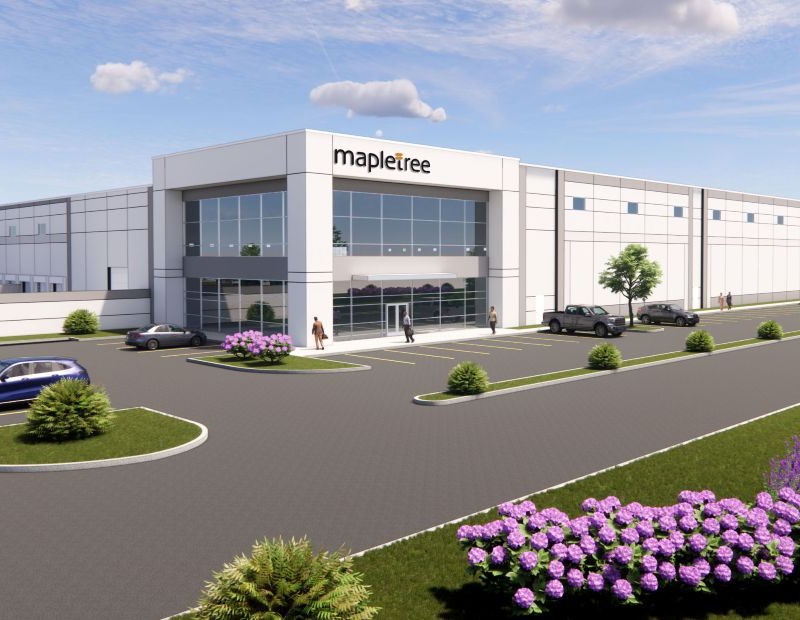
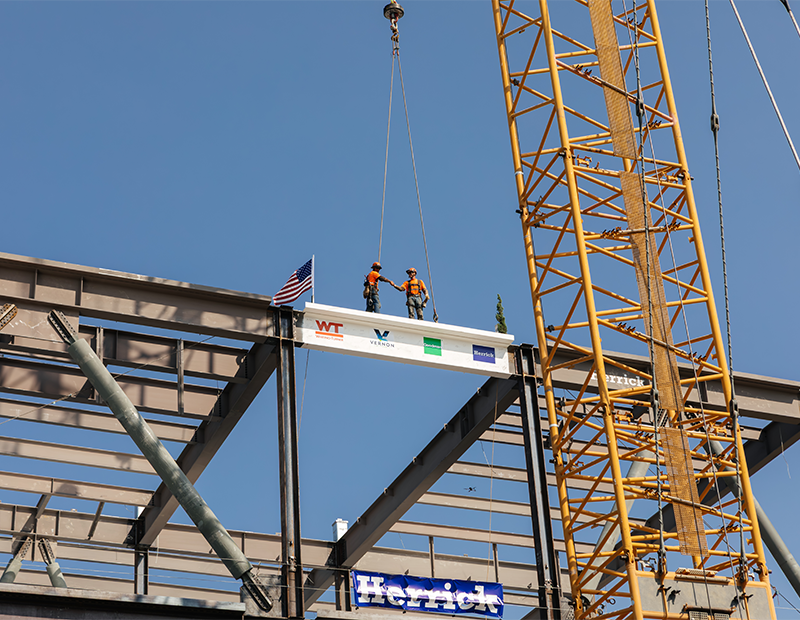
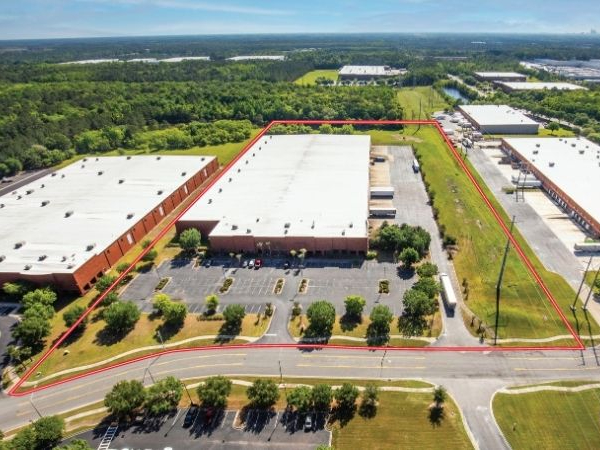

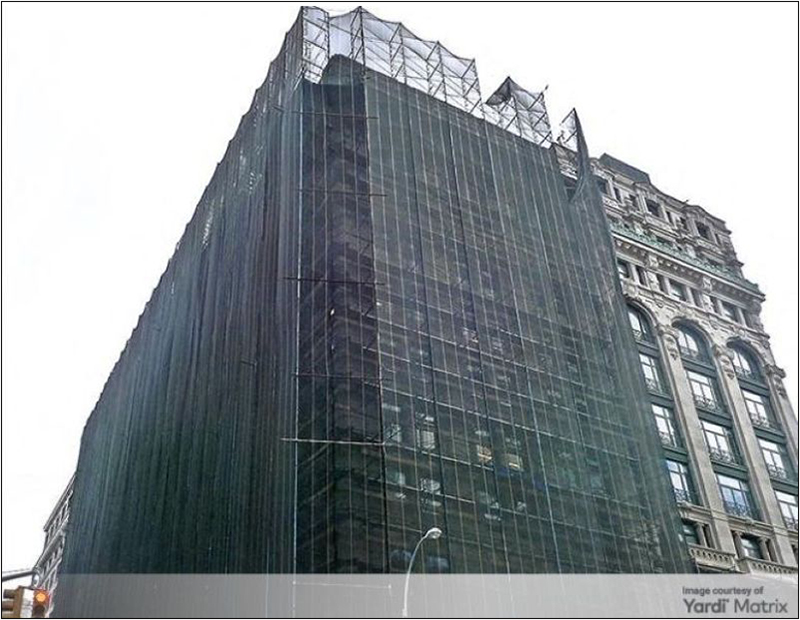
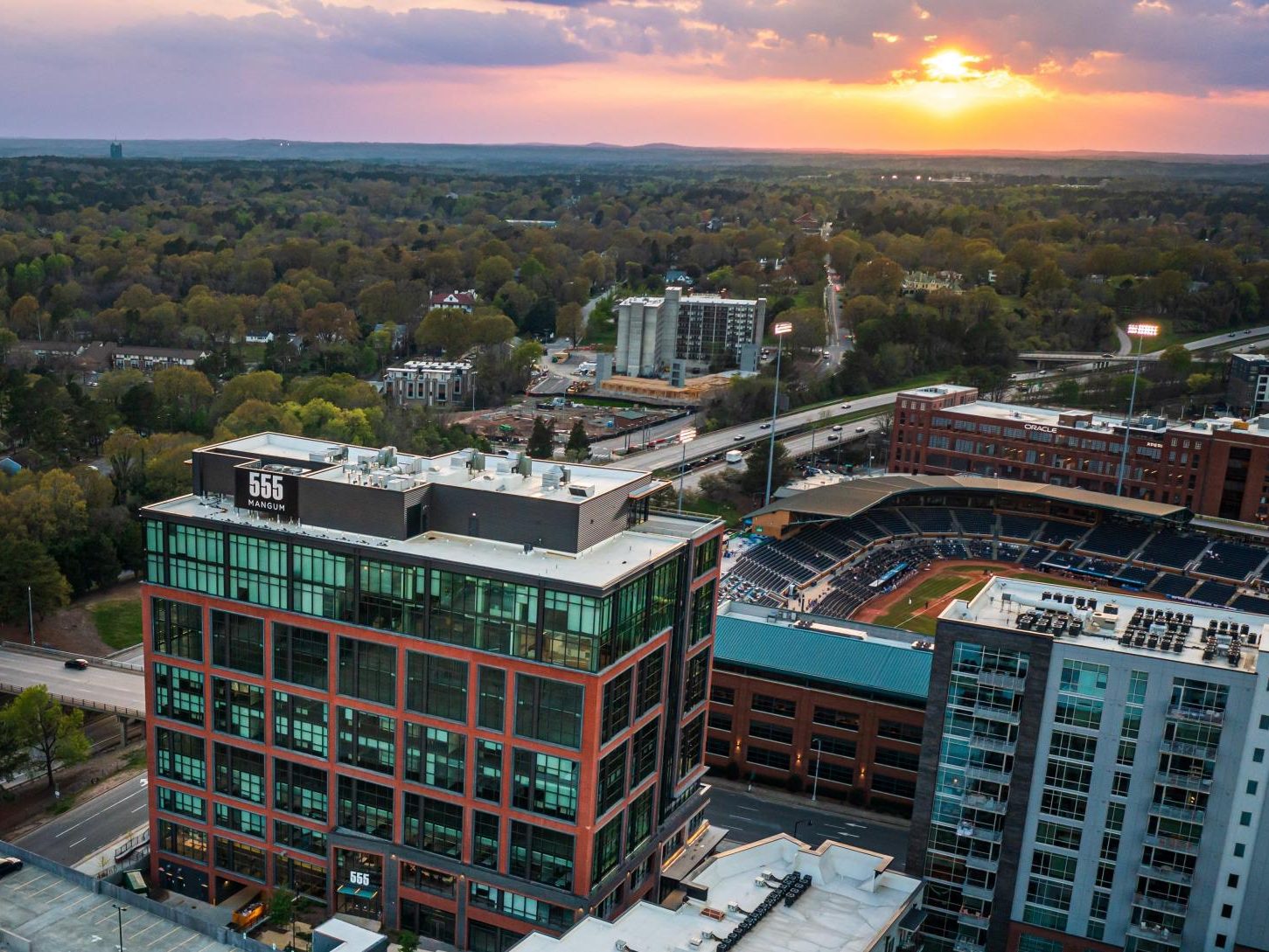

You must be logged in to post a comment.